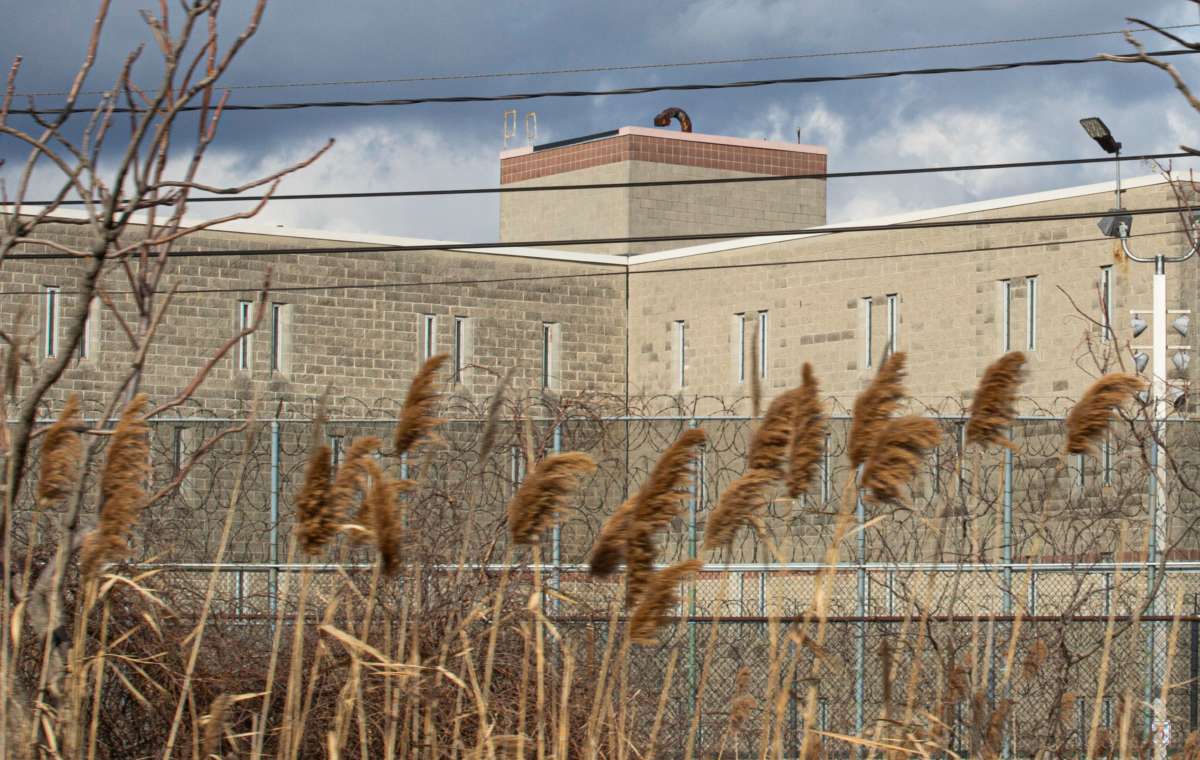In the waning days of the Trump administration, discussions often focused on the federal death penalty, as 13 people were executed between July and Biden’s inauguration. The Biden administration has pledged to eliminate the federal death penalty and incentivize states to do the same: a crucial step. However, what is often not included in this conversation is “the hidden death penalty,” also known as “death-by-incarceration” sentences.
Death-by-incarceration sentences include life without parole sentences (LWOP), life with the possibility of parole (LWP) and virtual life sentences where a person is not expected to live beyond the life of their prison sentence. According to the Sentencing Project, more people are serving death-by-incarceration sentences today than the total number of people in prison in the 1970s. While crime rates have been falling since 1991, life without parole sentences increased by 59 percent and life with parole sentences by 18 percent from 2003-2016. In fact, for every seven people in prison, one is serving a death-by-incarceration sentence. In total, over 206,000 people are serving life or virtual life sentences across the U.S., with just over 53,000 serving LWOP. These totals amount to the U.S having 40 percent of the world’s imprisoned population serving life sentences and 83 percent serving LWOP.
So why have death-by-incarceration sentences increased substantially? Reasons vary. At the state level, most people serving a death-by-incarceration sentence were convicted of murder, whether first-, second- or third-degree. And the use of the death penalty has decreased in recent years. However, murder and the declining use of the death penalty are not sole explanations, as the net has been (and continues to be) widened for death by incarceration-eligible offenses — meaning that many people who might have previously received shorter sentences are now condemned to spend the rest of their lives in prison. Habitual offender laws have also contributed to the rise of these sentences, where some people who are incarcerated for an accumulation of multiple offenses are facing death by incarceration. For example, one person in Texas was sentenced to 50 years for possession of less than four grams of cocaine in 2010 because of habitual offender laws.
The story is different at the federal level. President Joe Biden’s history of promoting the “war on drugs” facilitated substantial increases in death by incarceration sentences. In the 1980s, Biden was at the forefront of “get tough on crime” conversations regarding the war on drugs. He criticized President George H.W. Bush for not being “tough enough,” and ultimately played a leading role in enacting harsher policies, such as the Anti-Drug Abuse Act of 1986, lengthening prison sentences for drug possession. Moreover, Biden’s co-authorship of the 1994 crime bill provided $8.7 billion to build more prisons over the span of six years. Today, almost half of the federally incarcerated population serving LWOP sentences were convicted of a drug crime (compared to 5 percent at the state level).
Black, Indigenous and People of Color (BIPOC) are disproportionately incarcerated with life sentences, even more than their overall disproportionate incarceration rates.
These sentences do not enhance “public safety,” but instead eat up resources that would actually prevent violence and incarceration. Priorities like housing, health care, education and food assistance address some of the root causes of violence; precious resources should not be funneled toward long prison sentences.
These sentences also have often been implemented and supported by policymakers who want to be viewed as “tough on crime” even as they oppose the death penalty, because death-by-incarceration sentences are often considered to be even crueler than the death penalty.
These sentences are also harder to revoke as those sentenced are not afforded the same appeals as those sentenced to death.
Meanwhile, people incarcerated on long sentences are currently mired in the thick of the COVID-19 pandemic. Since prison degrades incarcerated people’s health and they continue to suffer from COVID-19 disproportionately, incarcerated people serving life sentences may be more likely to be exposed to and succumb to COVID-19. One incarcerated person in Michigan, waiting to have his sentence amended after the Supreme Court ruled youth could not be sentenced to LWOP, died from COVID-19 weeks before he was slated to be released.
The Biden administration should take firm action to address death-by-incarceration sentences, helping to mitigate a bit of the damage caused by Biden’s history of hardline policies.
First, his administration could grant commutations to all individuals serving these sentences at the federal level, especially given that policies he supported led to an influx of these sentences. Then, the administration could begin advocating for criminal legal reform that includes a ban on death-by-incarceration sentences by adopting the general demands of the Coalition to Abolish Death by Incarceration in Pennsylvania. That coalition has advocated for automatic parole eligibility after 15 years and a maximum sentencing law that prevents “the commonwealth from incarcerating people for indefinite periods of time.” Additionally, if Biden is seriously about ending the death penalty, he should use the “bully pulpit” to advocate for an end to both the death penalty and death by incarceration at the state level.
These actions would not end the broader harms of prison or the racism that pervades the system. But they are crucial first steps the Biden administration can take towards reversing the mass incarceration policies he helped implement.
We have 9 days to raise $50,000 — we’re counting on your support!
For those who care about justice, liberation and even the very survival of our species, we must remember our power to take action.
We won’t pretend it’s the only thing you can or should do, but one small step is to pitch in to support Truthout — as one of the last remaining truly independent, nonprofit, reader-funded news platforms, your gift will help keep the facts flowing freely.
